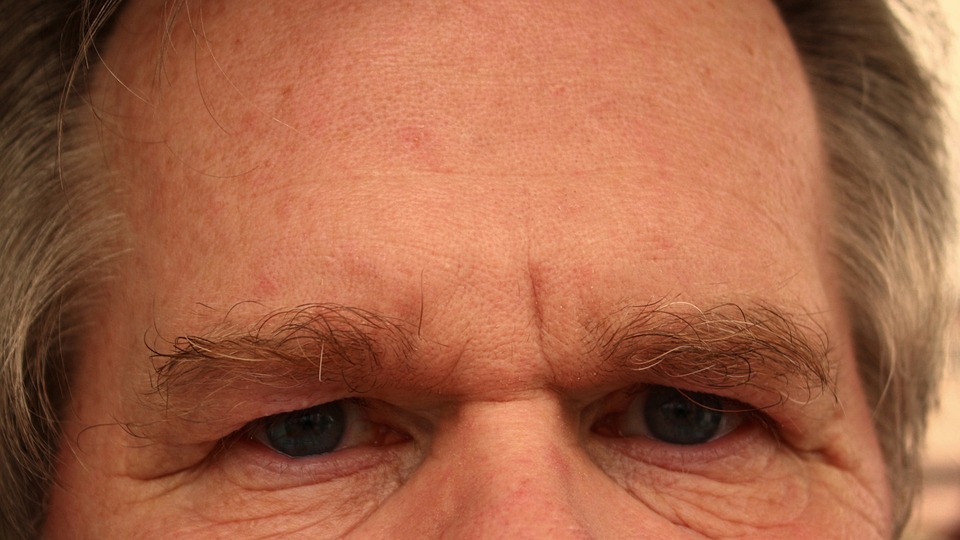It comes as a surprise to most people – including those who suffer from it – that the fear of driving is one of the most common phobias.
This is because it is a hidden phobia: the sufferer feels embarrassed by it so they do their best to adapt and hide their fears. They think they are alone. But they are not. Their condition is well understood by phobia specialists and their symptoms, avoidance patterns, and responses are very similar to those of silent sufferers.
What is driving phobia?
Driving phobia is an irrational fear of driving, or feeling out of control while driving, causing terror, panic, and avoidance. It’s rarely about skills – most people who suffer from driving phobia are good and competent drivers. They are usually normal, well-balanced people who drove happily but are now anxious and panicky when driving or not driving at all.
Who influences information technology
Driving phobia is like being punctured: it happens to a lot of people, it can happen to anyone and it makes driving very difficult or impossible.
And it’s very frustrating for sufferers because a part of them – the conscious, rational, thinking part – knows that they are good movers and that these situations are not threatening. Yet they find that when they are on certain roads or in certain driving situations, another part of them (the irrational, unconscious part) banishes rational thinking and drowns out fear.
Experience shows that people who are more creative, creative or artistic are more likely to develop a driving phobia. This is because phobias have a lot to do with misuse of imagination. So it can affect all kinds of people, regardless of their driving skill.
the case
Driving phobia can be triggered by a traumatic or disturbing event (such as an accident) but is usually triggered by something more benign (such as overtaking on a highway, getting stuck in traffic or crossing a high bridge) which is usually fine but at the time Perhaps the individual was more stressed than normal (background stress levels raised by other things such as fatigue, financial problems, work or relationship problems) and this triggered a mild panic attack. The irrational mind (which is also responsible for survival and instincts) creates a pattern from this event and matches it to future times and places, triggering the same type of panic response over and over again. This turns into a phobia.
So driving phobia is related to different things for different people – to drive on wide open roads such as highways (most common), freeways, mini roads, hills, freeways, bridges, flyovers, private roads, junctions, maneuvers (especially overtaking), or being trapped in heavy traffic , being close to certain vehicles (usually large or high-sided ones) or being restricted to a certain speed. It often starts on highways and spreads to smaller motorways or highways, and then to smaller roads, restricting the roads, speeds, and distances that can be traveled.
Safety behaviors and avoidance
Sufferers use several safety and avoidance strategies to cope and control their embarrassment and panic.
As more and more ways or situations are avoided, the patient’s world begins to shut down. Energy and time are used to plan and drive alternative routes. They may have to drive at times when the roads are empty. Partners and friends may have to drive instead or have to take over on the road. Excuses are made to avoid paying people or to travel with friends and colleagues. Jobs and invitations may be declined. People and situations are manipulated. Freedom and independence diminish.
Over time, these “solutions” interfere so much with life that they actually become part of the problem. At this point—and it may take years for someone with a driving phobia to reach this point—the sufferer acknowledges that they cannot change this on their own, and seeks professional help.
Driving phobia treatment
There are now effective, pain-free, fear-free, and drug-free treatments available for driving phobias, in fact, for any phobia.
The most prominent of these is the Express Phobia Cure, which removes the conditions that cause the phobia quickly, reliably, and comfortably. With Fast Phobia Cure, most phobias—even severe, long-term phobias—can be eradicated in a matter of minutes.
Other common phobia treatments include Emotional Freedom Technology (EFT) which can provide effective and quick relief, and cognitive therapy – designed to change the way you think about driving – also helpful but often involves exposure and long-term therapy.
